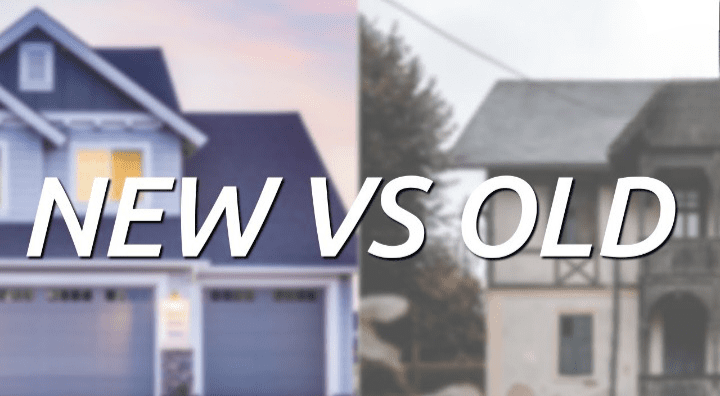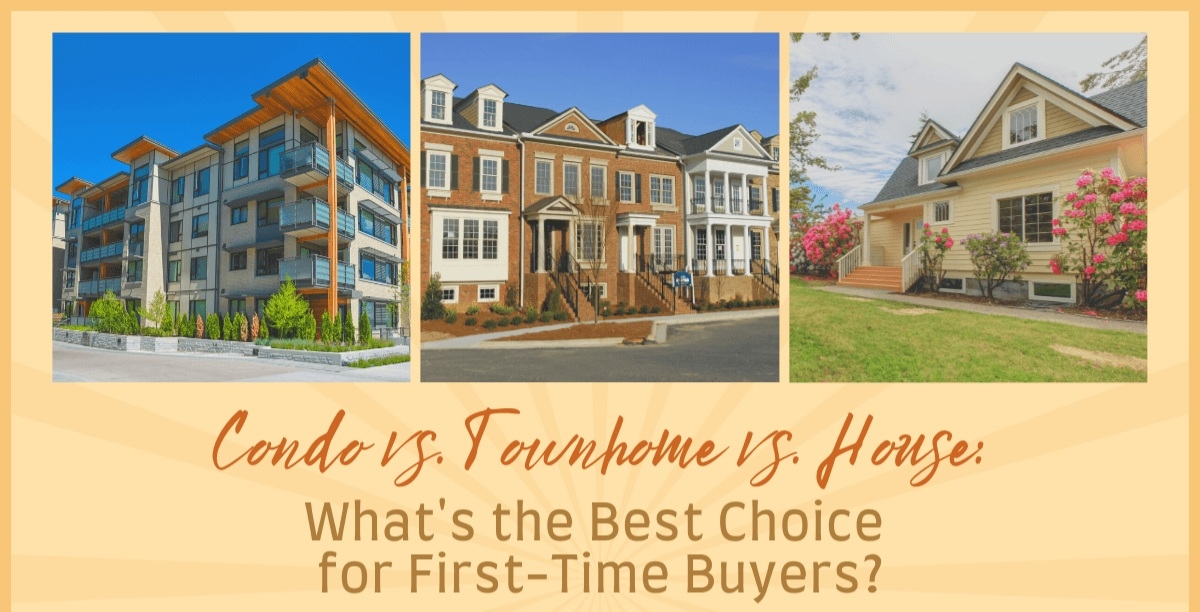When buying a home, it’s wise to consider local school quality, even if you don’t have children or don’t plan on having any. The reputation of nearby schools can have a lasting impact on property values, resale potential, neighborhood quality, and even the general atmosphere of the community. In this guide, we’ll delve into how local schools can affect your home buying decision, breaking down the various aspects that make them relevant even if education isn’t a direct concern.
1. Influence on Property Values
Local schools are a critical factor in determining property values. High-ranking school districts are often associated with increased demand, which drives up home prices. Homes located near top-rated schools tend to retain value better and even appreciate more over time, regardless of the broader housing market trends. If a school district has a strong reputation, buyers see it as a premium asset that makes the area more attractive, and that demand usually translates to higher property prices.
A home in a strong school district can act as a more stable investment. While other factors like market trends, local economy, and interest rates play a role, good schools add a level of resilience. They draw a constant flow of interested buyers, particularly families who prioritize education, so homes in those neighborhoods are less likely to experience significant price drops during downturns.
2. Ease of Resale
Whether or not you plan to live in a home long-term, the ability to resell with ease is something every buyer should consider. A home near good schools can lead to a smoother resale process and potentially a higher return on investment. Buyers with families, who make up a substantial portion of the real estate market, typically prioritize school quality when choosing a home, meaning they may be more inclined to consider your property if it’s within a desirable school district.
Moreover, properties in high-ranking school districts can be more competitive in the market. They often have shorter listing times, as families moving to the area or looking to upgrade prioritize neighborhoods with quality schools. A home in a good school district can also attract buyers willing to pay a premium. Therefore, even if the house you’re eyeing costs a bit more due to school-related demand, it can prove to be a worthwhile investment down the line.
3. Neighborhood Stability and Safety
Communities around strong schools tend to be more stable and are often perceived as safer. Many parents seek neighborhoods that provide a secure and nurturing environment for their children, and good schools can be an indicator of a family-oriented area with low crime rates. Consequently, these neighborhoods often have a strong sense of community, with residents who take pride in their homes and surroundings.
Since safe, stable neighborhoods attract families, they also draw businesses like grocery stores, childcare centers, recreational facilities, and healthcare providers, further increasing the appeal and convenience of living in the area. This can mean a more pleasant and convenient living experience for you, even if you’re not directly benefiting from the school system. In essence, a good school district can often reflect an overall environment of safety and stability in the community.
4. Community Engagement and Amenities
Schools frequently serve as a social hub for local communities. Parents who are engaged in school activities and invested in their children’s education often contribute to a tight-knit, involved neighborhood. This kind of community engagement can enhance the quality of life, as you’re more likely to have active neighborhood associations, community events, and amenities that are well-maintained and accessible.
Good schools also tend to attract a diverse range of recreational activities, sports leagues, libraries, and parks nearby. Schools with robust funding and active parent organizations often invest in playgrounds, sports fields, and other community spaces that can be enjoyed by all residents, creating a vibrant, lively neighborhood atmosphere. This type of environment can increase the enjoyment of living in the area, offering spaces to meet neighbors, engage in fitness or recreational activities, and enjoy shared spaces, all of which can be a plus, whether or not you have kids.
5. Impact on Local Economy and Services
Quality schools tend to attract higher-income residents, which can strengthen the local economy. This influx of affluent families often results in better-funded public services, including well-maintained roads, parks, and public spaces. More businesses are likely to thrive in such areas, which increases local dining, shopping, and entertainment options. Even if you don’t rely on the school system, you can still enjoy the spillover benefits in terms of better services and amenities nearby.
A strong local economy and business community often go hand-in-hand with good schools, as businesses are drawn to places where there is steady, consistent demand. For a prospective homebuyer, this means added convenience and potentially better long-term property appreciation. The economic stability generated by a good school district can foster better employment opportunities, a stronger tax base, and overall quality of life enhancements for all residents.
6. Potential Rental Income
For buyers who are considering their home as an investment or have the possibility of renting it out in the future, being near a good school can be an asset. Many families prioritize renting in areas with strong schools if they are unable or unwilling to buy, which makes school-proximate properties particularly attractive as rental homes. Having a rental property in a good school district often means you can charge higher rent prices, and you’re more likely to attract responsible, long-term tenants.
Even if you aren’t planning to become a landlord immediately, this option adds flexibility to your investment. Should you need to relocate, temporarily or permanently, renting out your property in a good school district can provide a reliable source of income, thanks to the higher demand from renters who also value access to quality education.
7. Market Appeal and Buyer Demand
Good school districts create enduring demand among homebuyers, making these areas more recession-resistant. Real estate trends show that buyers tend to prioritize strong school districts even when the market is challenging. In times of economic downturn, homes in desirable school districts are often the last to lose value and among the first to recover when the market improves.
This enduring appeal means that a home in a good school district can provide greater financial security and liquidity. Whether you’re considering it from an investment standpoint or simply as a place to live, a home in a quality school district is more likely to retain its appeal and sell at a favorable price point in the future.
8. Considerations on Taxes and Costs
A higher property value usually translates into higher property taxes, which often fund the quality of local schools. While this can mean a more substantial financial commitment, it can also mean the neighborhood is more likely to benefit from well-maintained public services and infrastructure. As a buyer, you may want to weigh the cost of higher taxes against the various benefits that come with living in a community supported by good schools.
Additionally, many people view the higher cost of taxes and home prices in such areas as a worthwhile trade-off for the benefits they gain—both in terms of their property’s future value and the quality of their living environment.
Conclusion
Considering school quality when buying a home is not solely for parents or those planning to start a family; it’s a strategic choice that can impact your financial security, community experience, and future resale potential. Homes in areas with top-rated schools offer better appreciation rates, strong buyer demand, and resilient property values. Even beyond direct educational benefits, quality schools bring in diverse community amenities, enhance neighborhood stability, and contribute to an overall pleasant living environment.
If you’re focused on finding a home that’s likely to grow in value and offer a rich community life, the quality of local schools should play a role in your buying decision.













